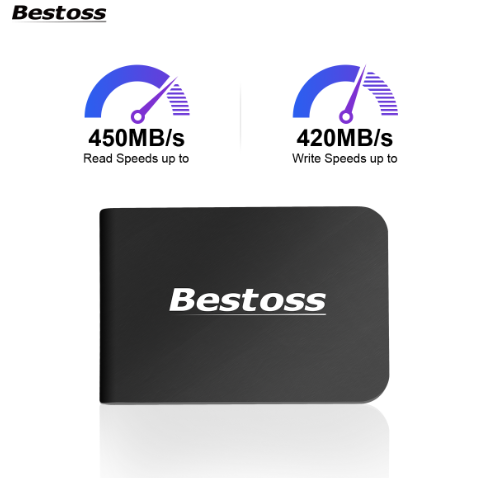
External Solid State Drives (SSDs) have become increasingly popular due to their portability and blazing-fast data transfer speeds. However, choosing the right interface for your external SSD can be a daunting task. In this article, we'll compare three commonly used interfaces – USB, Thunderbolt, and eSATA – to help you make an informed decision when selecting an external SSD for your needs.
USB (Universal Serial Bus) interfaces are the most common and versatile option for external SSDs. They come in various generations, with USB 3.0 and USB 3.1 being the most prevalent options. The advantages of USB include:
Widespread Compatibility: USB is supported by almost all computers, regardless of the operating system. You can connect your USB SSD to Windows, macOS, Linux, and even some gaming consoles.
Affordability: USB SSDs are generally more affordable than Thunderbolt counterparts, making them a budget-friendly choice for many users.
Plug-and-Play: USB drives are known for their plug-and-play simplicity. Just connect them, and you're ready to go without the need for additional drivers or software installations.
However, USB interfaces may have limitations when it comes to extreme data transfer speeds.

Thunderbolt, developed by Intel in collaboration with Apple, offers lightning-fast data transfer speeds. There are two main generations: Thunderbolt 3 and the newer Thunderbolt 4. Here are the key advantages of Thunderbolt for external SSDs:
Unparalleled Speed: Thunderbolt can achieve data transfer speeds of up to 40 Gbps (Thunderbolt 3) and 80 Gbps (Thunderbolt 4), making it ideal for users working with large media files and demanding applications.
Daisy-Chaining: Thunderbolt allows you to daisy-chain multiple devices together, providing a streamlined and clutter-free workspace.
Power Delivery: Many Thunderbolt interfaces offer power delivery, which means they can charge your laptop or other devices while transferring data.
However, Thunderbolt interfaces tend to be more expensive, and not all computers support Thunderbolt connectivity, limiting their compatibility.

eSATA (external Serial ATA) is a legacy interface that is less common in modern laptops and desktops. However, it can still be a viable option for users with older systems or specific requirements. Here are some eSATA considerations:
Decent Speed: eSATA provides faster data transfer speeds compared to USB 2.0, which can be beneficial for users with older hardware.
Compatibility: eSATA is more prevalent in older laptops and desktops, so it might be the only option for connecting an external SSD to some systems.
Simplicity: eSATA is known for its straightforward plug-and-play functionality.
In conclusion, when it comes to selecting the ideal external SSD interface, consider your unique requirements and budget. Bestoss offers USB, Thunderbolt, and eSATA options to cater to diverse users. Whether you prioritize affordability and universal compatibility with USB, seek lightning-fast speeds and professional capabilities with Thunderbolt, or have specialized needs or older hardware that benefit from eSATA, Bestoss has you covered. Elevate your storage capabilities today with Bestoss, ensuring a seamless workflow. Stay informed about evolving technologies for future interface choices.